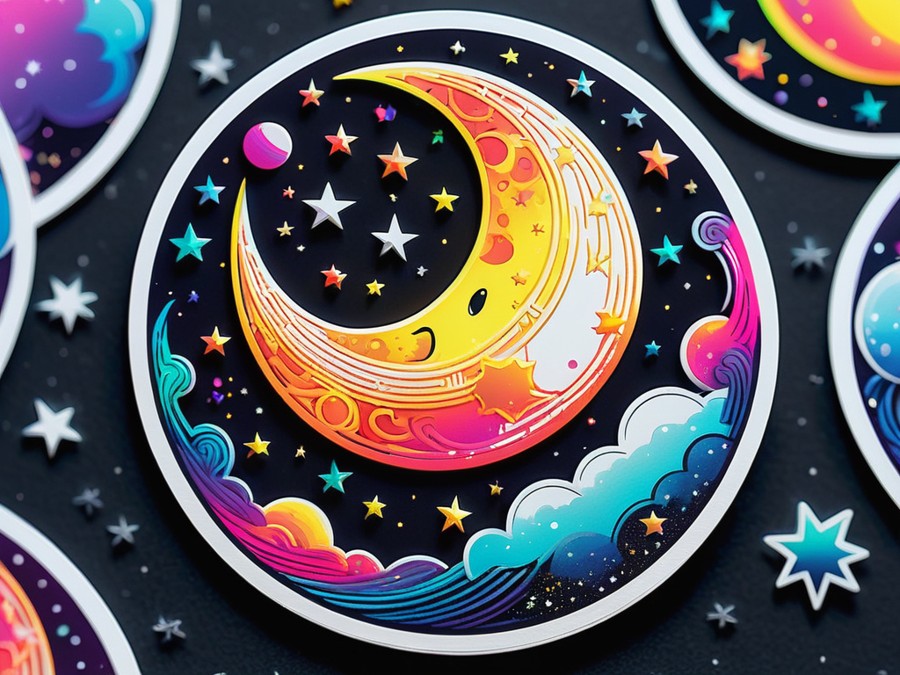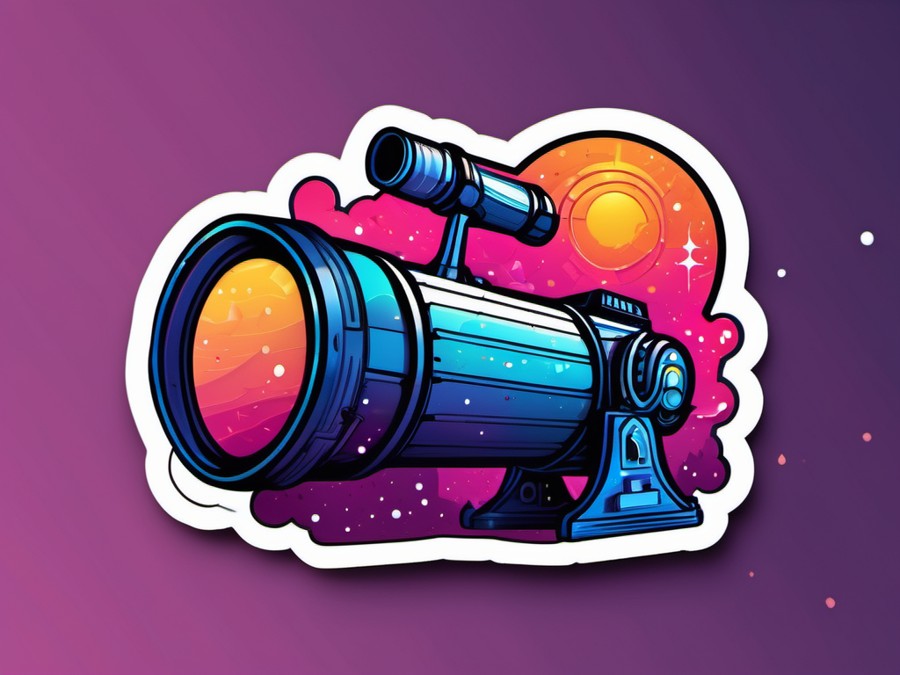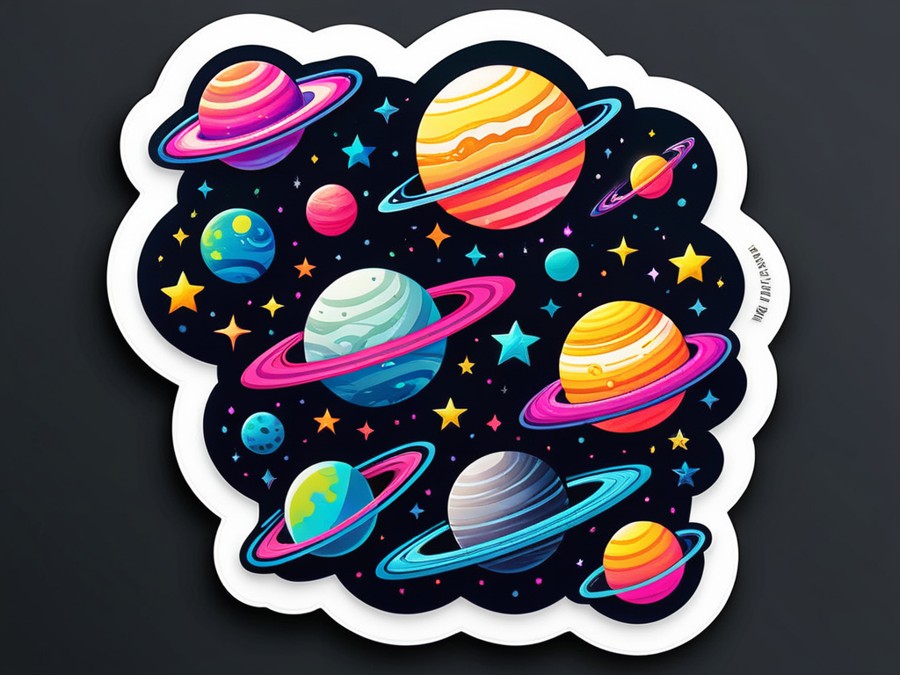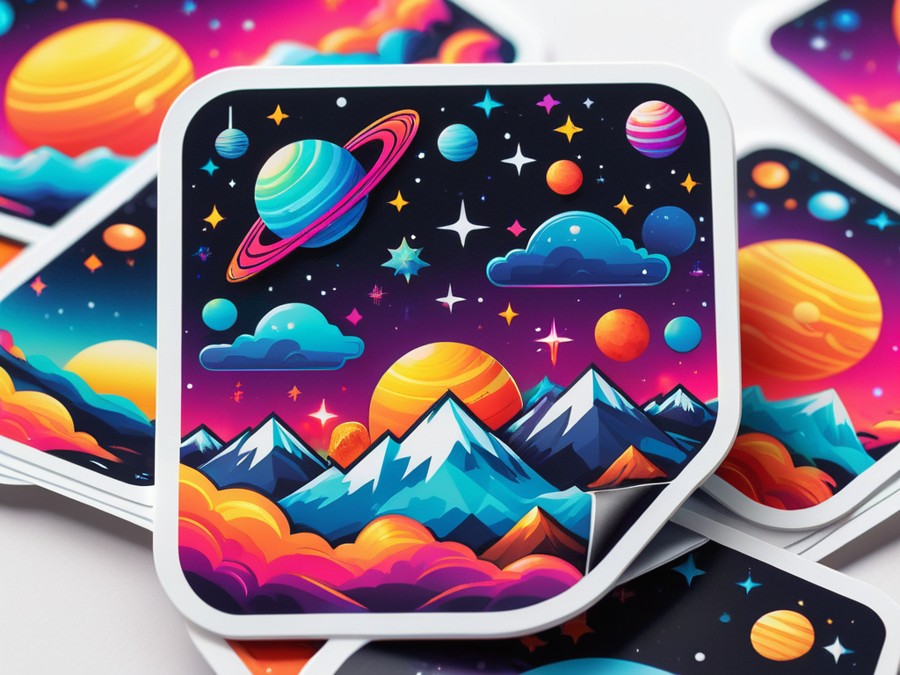· Charlotte Will · Astronomy · 5 min read
Reducing Glare for Clearer Lunar Observation
This article contains affiliate links, which means that if you click on one of the product links and make a purchase, we may receive a small commission at no additional cost to you. We only recommend products and services that we believe in and think will add value to our readers.
Discover how to reduce glare and enhance lunar crater details for clearer moon observation. Learn about the best filters and techniques to improve your telescope viewing experience.

Astronomy enthusiasts know that observing the moon can be a breathtaking experience, but it’s not without its challenges. One of the most common issues is dealing with glare, which can obscure the finer details of lunar craters and other features. In this article, we’ll delve into the problem of glare during lunar observation and explore effective solutions to enhance your stargazing experience.
The Problem with Moon Glare
Glare is a significant issue when observing the moon, especially during its full phase. The brightness of the moon can overwhelm your telescope’s optics, making it difficult to see the intricate details of lunar craters and other surface features. This problem is exacerbated by the reflective nature of the moon’s surface, which can cause a washout effect that diminishes the clarity of your observations.
Personal Experiences with Moon Glare
I remember my first attempt at lunar observation. I was excited to see the moon’s craters up close, but the glare was so intense that all I could see were blurry patches of light. It was frustrating to know that there were fascinating details hidden behind the brightness, yet I couldn’t access them. This experience underscored the need for a solution that could reduce glare and enhance lunar observation.
Introducing the Celestron Telescope Moon Filter
One of the most effective tools for reducing moon glare is the Celestron Telescope Moon Filter. This eyepiece accessory is designed to reduce glare and enhance the details of lunar craters, making it an essential tool for full moon observing. You can find more information about this product here.

How to Use the Celestron Moon Filter
Using the Celestron Telescope Moon Filter is straightforward. Simply insert the filter into your telescope’s eyepiece, and you’re ready to observe. The filter works by reducing the amount of light that enters your telescope, which helps to minimize glare and improve the clarity of lunar details.
Where to Buy the Celestron Moon Filter
You can purchase the Celestron Telescope Moon Filter directly from Amazon. Click here to visit the product page and make your purchase.
Pros and Cons of the Celestron Moon Filter
Pros:
- Reduces Glare: Effectively minimizes the brightness of the moon, making it easier to see lunar details.
- Enhances Details: Improves the visibility of lunar craters and other surface features.
- Versatile: Compatible with any telescope that accepts 1.25” eyepieces.
Cons:
- May Dim Other Objects: While great for the moon, it might make other celestial objects appear too dim.
- Not Suitable for All Conditions: Best used during full moon phases; may not be necessary during other lunar phases.
- Additional Cost: Requires an initial investment, which might be a consideration for some users.
Who Benefits from the Celestron Moon Filter?
Amateur astronomers and telescope users who frequently observe the moon will find the Celestron Telescope Moon Filter invaluable. It simplifies the process of reducing glare, allowing you to focus on enjoying the intricate details of lunar features without being hindered by brightness.
Scenarios for Using the Celestron Moon Filter
- Full Moon Observing: During full moon phases, the filter helps to reduce glare and enhance crater details.
- Educational Settings: Schools or astronomy clubs can use the filter to provide clearer views of the moon for educational purposes.
- Photography: Astrophotographers can use the filter to capture detailed images of the moon without overexposure.
Step-by-Step Instructions for Using the Celestron Moon Filter
- Prepare Your Telescope: Ensure your telescope is set up and aligned for lunar observation.
- Insert the Filter: Carefully insert the Celestron Telescope Moon Filter into your telescope’s eyepiece.
- Focus: Adjust the focus of your telescope to ensure a clear view of the moon.
- Observe: Enjoy the enhanced details of lunar craters and other features with reduced glare.
Quick Takeaways
- Moon glare is a common issue that obscures lunar details.
- The Celestron Telescope Moon Filter effectively reduces glare and enhances lunar crater details.
- This filter is versatile and compatible with various telescopes.
- It simplifies the process of lunar observation, making it easier for amateur astronomers to enjoy clearer views.
- The filter is best used during full moon phases and can be beneficial in educational settings and astrophotography.
Conclusion
Reducing glare for clearer lunar observation is a challenge that many astronomers face. The Celestron Telescope Moon Filter provides an effective solution, making it easier to see the intricate details of lunar craters and other features. By investing in this accessory, you can enhance your stargazing experience and deepen your appreciation for the moon’s beauty.
Don’t let glare hold you back from exploring the wonders of the moon. Purchase your Celestron Telescope Moon Filter today and start enjoying clearer lunar observations.
FAQs
Q: How does the Celestron Moon Filter work? A: The Celestron Telescope Moon Filter reduces the amount of light entering your telescope, which helps to minimize glare and improve the clarity of lunar details.
Q: Is the Celestron Moon Filter suitable for all telescopes? A: The filter is compatible with any telescope that accepts 1.25” eyepieces, making it a versatile accessory for various telescope models.
Q: When is the best time to use the Celestron Moon Filter? A: The filter is most effective during full moon phases, where glare can be particularly intense.
Q: Can the Celestron Moon Filter be used for other celestial objects? A: While it excels at reducing moon glare, the filter might make other celestial objects appear too dim. It’s best used specifically for lunar observation.
Q: How does the Celestron Moon Filter compare to other glare reduction methods? A: The filter offers a convenient and effective solution for reducing moon glare, making it a popular choice among amateur astronomers.
Engaging the Community: Share Your Experiences
Have you struggled with moon glare during your lunar observations? How have you addressed this issue? Share your experiences and tips with the community to help others enhance their stargazing journey.




